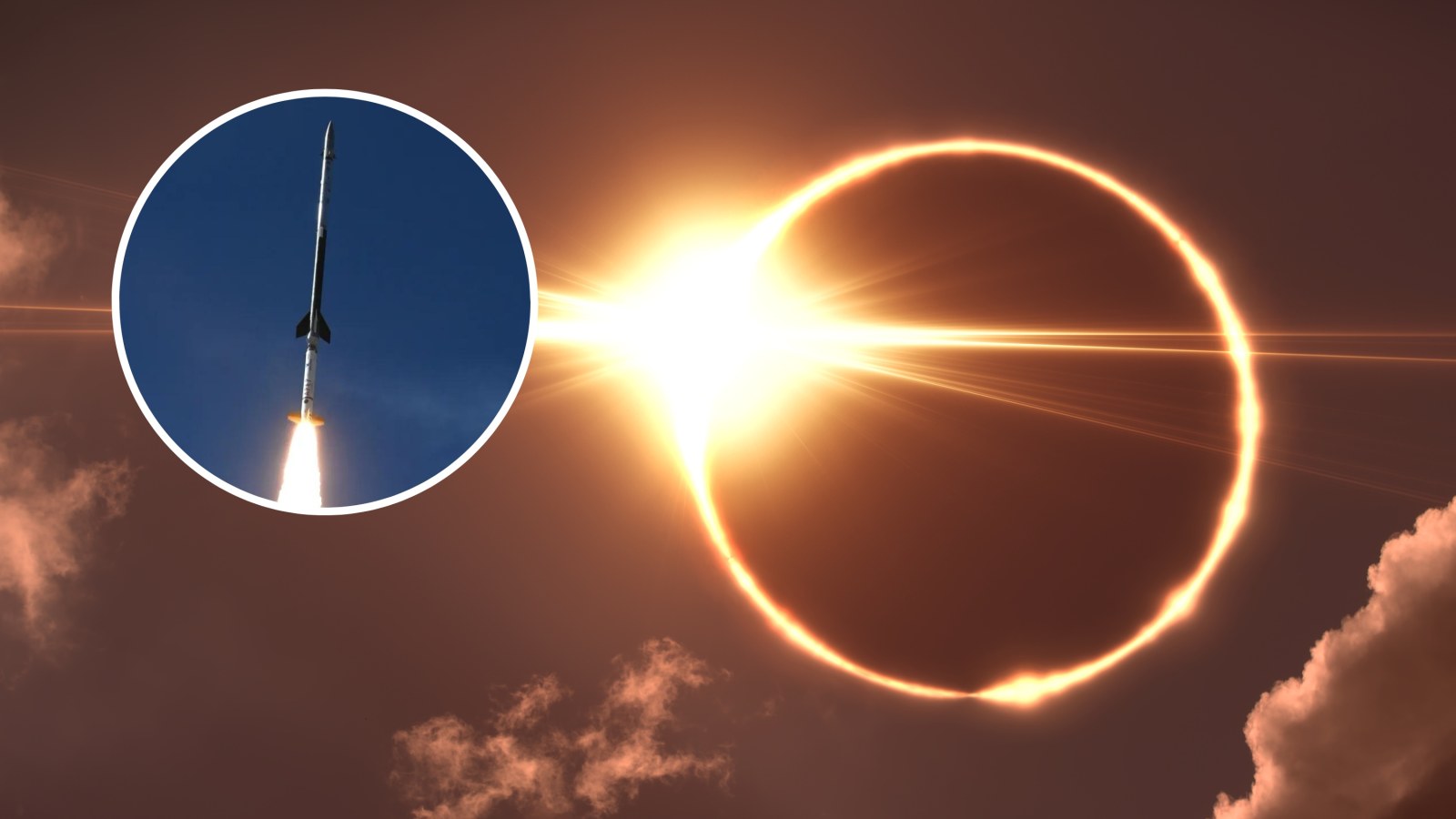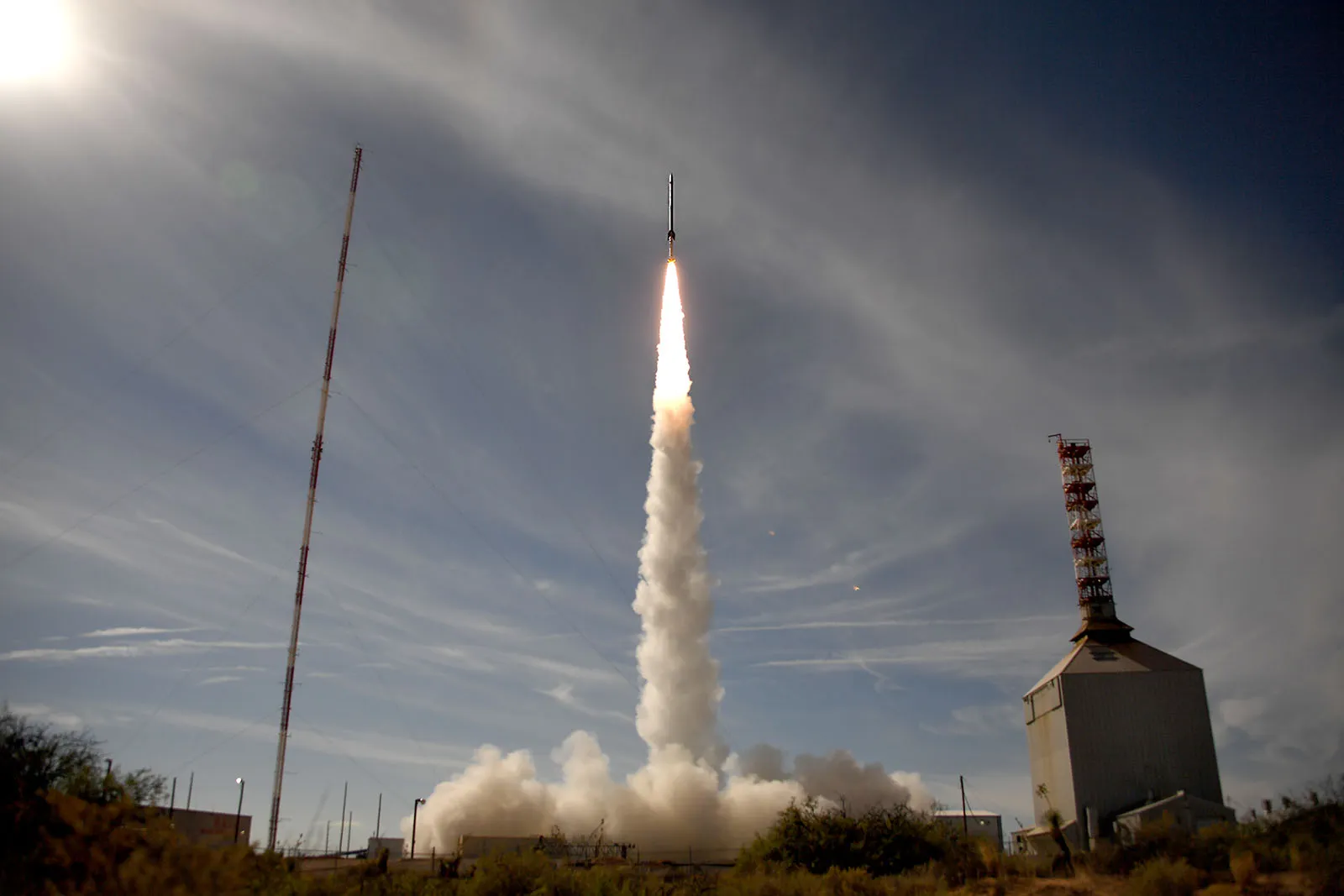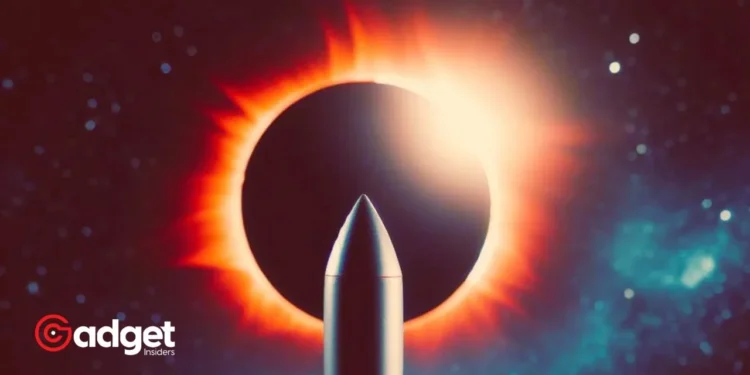As the Earth prepares for the captivating display of a total solar eclipse on April 8, NASA is setting the stage for an extraordinary scientific endeavor. In a bold move that marries the spectacle of nature with the rigor of science, NASA plans to launch three sounding rockets into the Moon’s shadow during the eclipse.
This mission, set to unfold from NASA’s Wallops Flight Facility in Virginia, aims to pierce the veil of the ionosphere’s mysteries by capitalizing on the unique conditions presented by the solar eclipse.

NASA: The Science Behind the Shadows
The ionosphere, a layer of the Earth’s upper atmosphere brimming with electrically charged particles, plays a crucial role in the transmission of satellite signals—a lifeline for our communication-dependent world. The total solar eclipse presents a rare opportunity for scientists to study the ionosphere’s behavior in real time as it responds to the abrupt disappearance of the Sun’s light.
NASA’s decision to deploy these rockets at strategic intervals—45 minutes before, during, and after the eclipse—underscores a meticulously planned approach to understanding the ionosphere’s dynamics. The agency highlights the significance of these moments, as they provide a window into how solar illumination, or the lack thereof, affects this critical layer of our atmosphere.
🚨 APRIL 8TH TOTAL SOLAR ECLIPSE – Why is Nasa sending "3" sounding rockets during the Solar Eclipse on 8th of April and named it "Serpent Diety"?
Yeah totally normal, right in our faces. Not only 3 rockets to mock the Holy Trinity, to make it even more obvious by naming it… pic.twitter.com/mdmMdHM0I0
— T R U T H P O L E (@Truthpolex) March 27, 2024
The Visionaries Behind the Venture
At the helm of this ambitious project is Aroh Barjatya, a distinguished professor of engineering physics at Embry-Riddle Aeronautical University. Barjatya’s expertise in space and atmospheric instrumentation is pivotal to this mission’s aim to refine our understanding of the ionosphere.
He emphasizes the importance of developing accurate models to predict atmospheric disturbances, a necessity for ensuring the reliability of our global communication networks.

A Spectacle Beyond Science
For those captivated by both the beauty of celestial events and the thrill of scientific discovery, NASA offers a front-row seat to this unparalleled mission. The rocket launches will be streamed live, allowing audiences worldwide to witness the synergy of nature’s grandeur and human ingenuity.
The NASA Wallops YouTube page and the Wallops Flight Facility Visitor Center stand ready to welcome those eager to be part of this historic event. As April 8 approaches, the anticipation builds not just for the spectacle of the solar eclipse but for the insights that await from NASA’s pioneering mission.
This endeavor is a testament to the relentless pursuit of knowledge and the ingenuity that propels humanity’s quest to understand the cosmos. In the dance of light and shadow, science takes a bold step forward, reminding us that in the vastness of space, there are still infinite mysteries to unravel.










